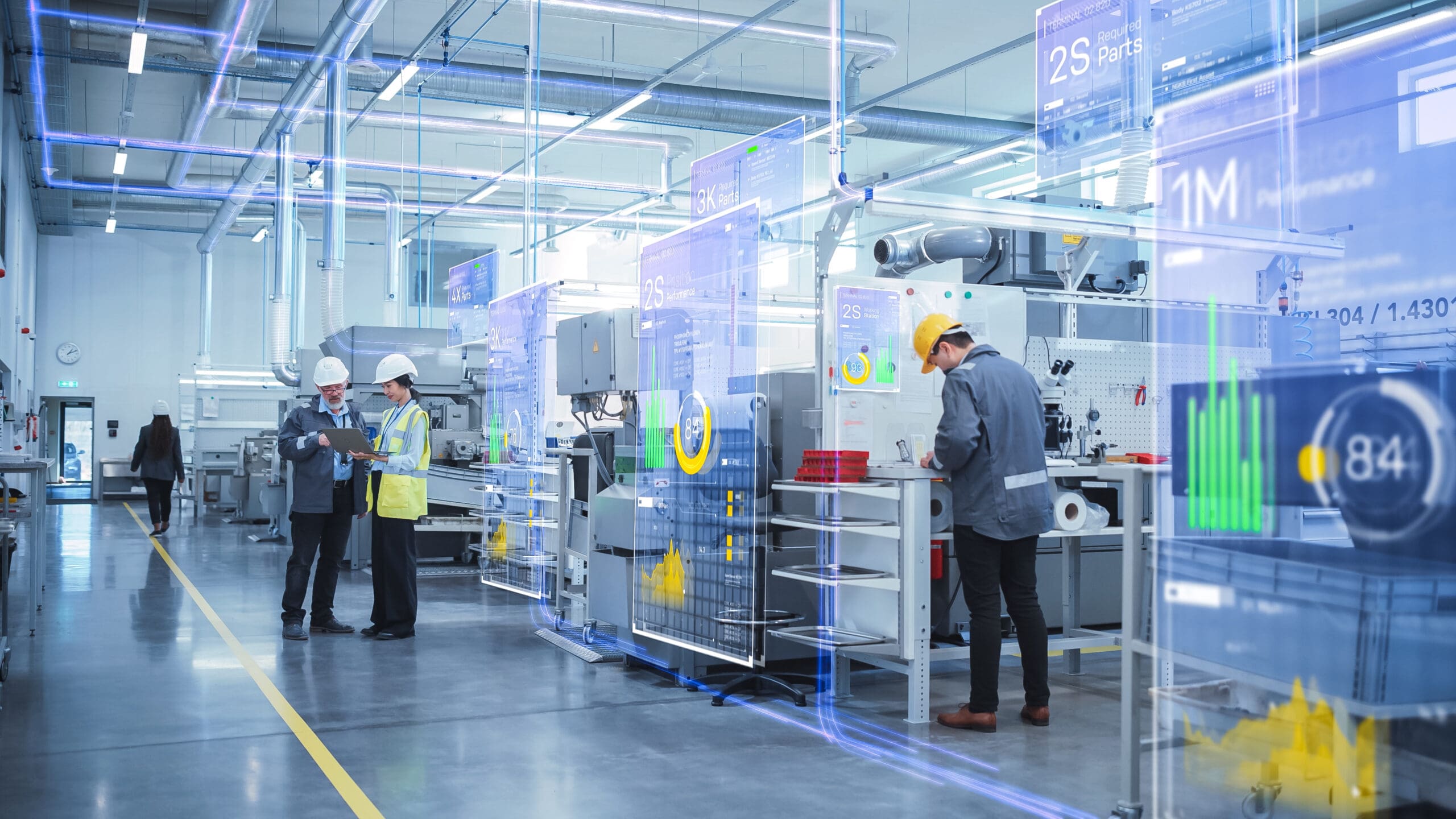How to Optimize Your Facility Layout for Increased Productivity

Imagine walking into your workspace only to be constantly hindered by disarray and dysfunction. Just like keeping your workspace organized is important, the same goes for your facility’s layout. An optimized layout can make all the difference in improving your production processes, positively impacting your bottom line.
But why exactly does a facility’s layout matter? Think about it—a well-planned layout can minimize wasted time and movement, streamline material flow, reduce transportation costs, and improve overall organizational success. So, occasionally examining and reassessing your facility’s layout can actually unlock new opportunities for growth and efficiency.
Let’s take a closer look at facility layout optimization, starting with identifying which factors to look out for during your assessment.
Factors That Can Impede Productivity
Many businesses don’t realize how much their facility layout can impact productivity. Wasted space, inefficient machinery arrangement, crammed workspaces, and illogical workflow design are all factors that can cause productivity to grind to a halt.
Wasted Space
When the layout of your facility is efficient, it uses every square inch of space you have to its full potential. Do you have areas in your plant that just collect dust? Or, perhaps, sections that seem perpetually congested?
Rethinking your current layout can free up valuable space, allowing for better workflow management and reducing operational expenses.
Inefficient Machinery Arrangements
Imagine navigating through a maze each day just to get to your workstation or, worse yet, waiting for equipment to become available because it’s bottlenecked by other machinery.
Rearranging key production equipment to streamline their placement can lead to smoother workflows and increased efficiency. You don’t want your employees wasting time waiting for machines when they could be making progress on other high-priority tasks!
Tight Workspaces
While we’re all about maximizing space, there’s a fine line between efficient and too cramped. If your employees feel constricted in their workspaces, it can hinder productivity and even lead to potential safety risks.
A well-designed layout ensures employees have enough room to complete tasks efficiently and safely—a win-win for everyone involved.
Layouts Not Designed for Logistics or the Intended Workflow
A facility’s layout should always be tailored to its unique workflow requirements. Let’s say your metrology space is located far from the production line. This distance could slow down the QA process and hinder your ability to handle defects promptly. Unless your metrology equipment is sensitive and needs to be in a separate room, is there any other reason it can’t be closer to the production line?
You can minimize unnecessary delays and boost overall productivity by reassessing your layout and keeping workflow requirements in mind.
What to Consider When Developing Your New Layout
Begin by evaluating the strengths and weaknesses of your facility’s existing layout. This could mean identifying bottlenecks slowing down production, pinpointing areas where waste occurs, and highlighting safety risks.
Once you have a clear picture of these areas, you can dive deeper into the specifics of your processes.
Consider how your employees communicate and the equipment they need for production. Are there ways to improve collaboration or streamline the workflow? Don’t forget to factor in safety guidelines and requirements to ensure your new layout adheres to the necessary standards.
Once you assess that, examine the space you’re working with—can it be utilized more effectively, or do you need to rethink your entire production process?
Remember— optimizing your facility layout isn’t a one-size-fits-all approach—it requires careful consideration of the unique aspects of your business.
Benefits of Collaborating With a Design Professional

Collaborating with a design professional can have significant benefits.
First, they will guide you every step of the way, helping you thoroughly evaluate your existing layout and identify potential bottlenecks and inefficiencies hiding in plain sight.
With their experience and knowledge, they can keep you grounded by setting realistic objectives and goals, ensuring your project remains feasible while still aiming for greatness.
A design professional can also save you valuable time and prevent headaches by quickly identifying improvements and tackling challenges as soon as they arise. They may even help you reduce costs by leveraging advanced technology to produce detailed simulations or generate realistic 3D designs.
Let DSI Help You Optimize Your Existing Layout
Don’t leave your facility’s fate to chance—partner with a professional and unlock the true potential of your layout.
With four decades of experience and diverse capabilities, DSI is the perfect partner. We offer unbiased, customized solutions that will help you reduce waste, improve lead times, and increase profits. Some of our deliverables include overall layout engineering, process flowcharts, manpower layouts, scope of work drawings, building utility evaluations, and safety layouts.
Contact us today to learn more about our facility layout optimization capabilities or to schedule a consultation.